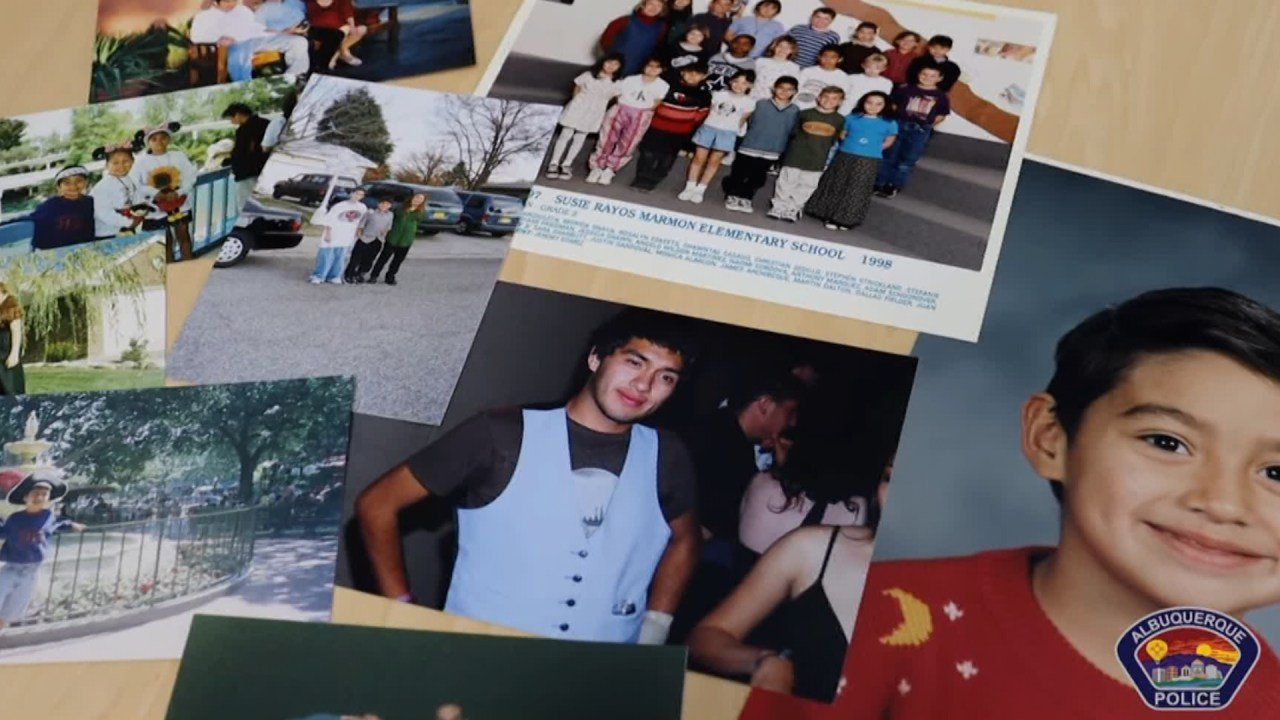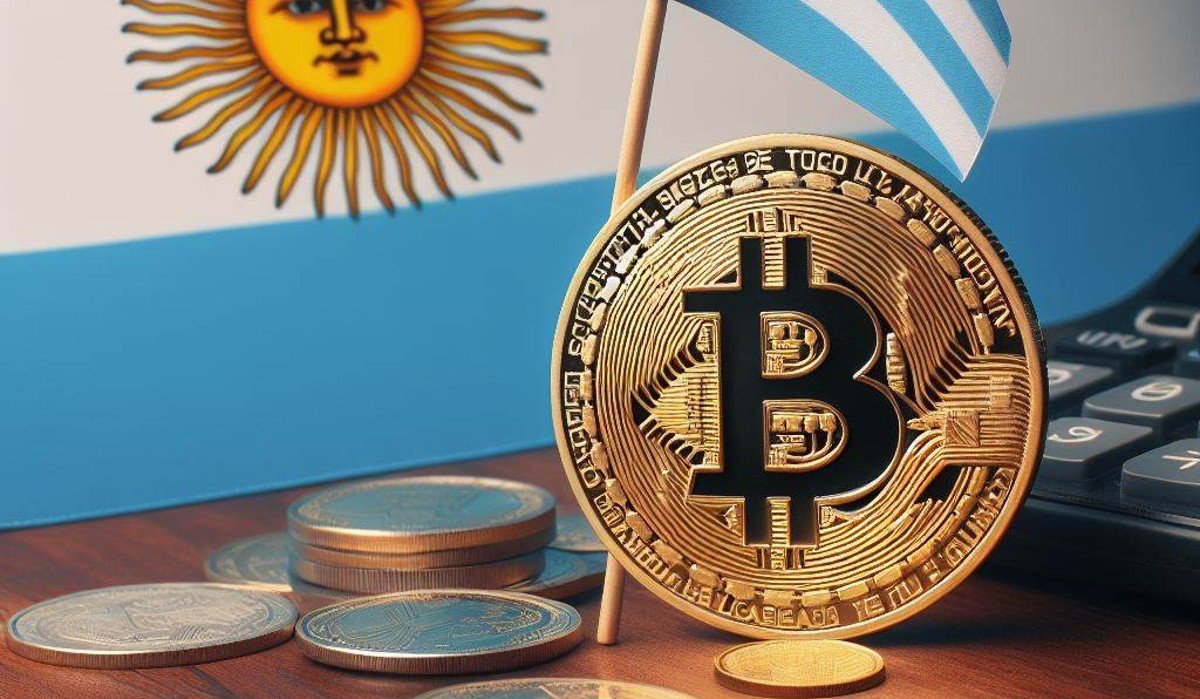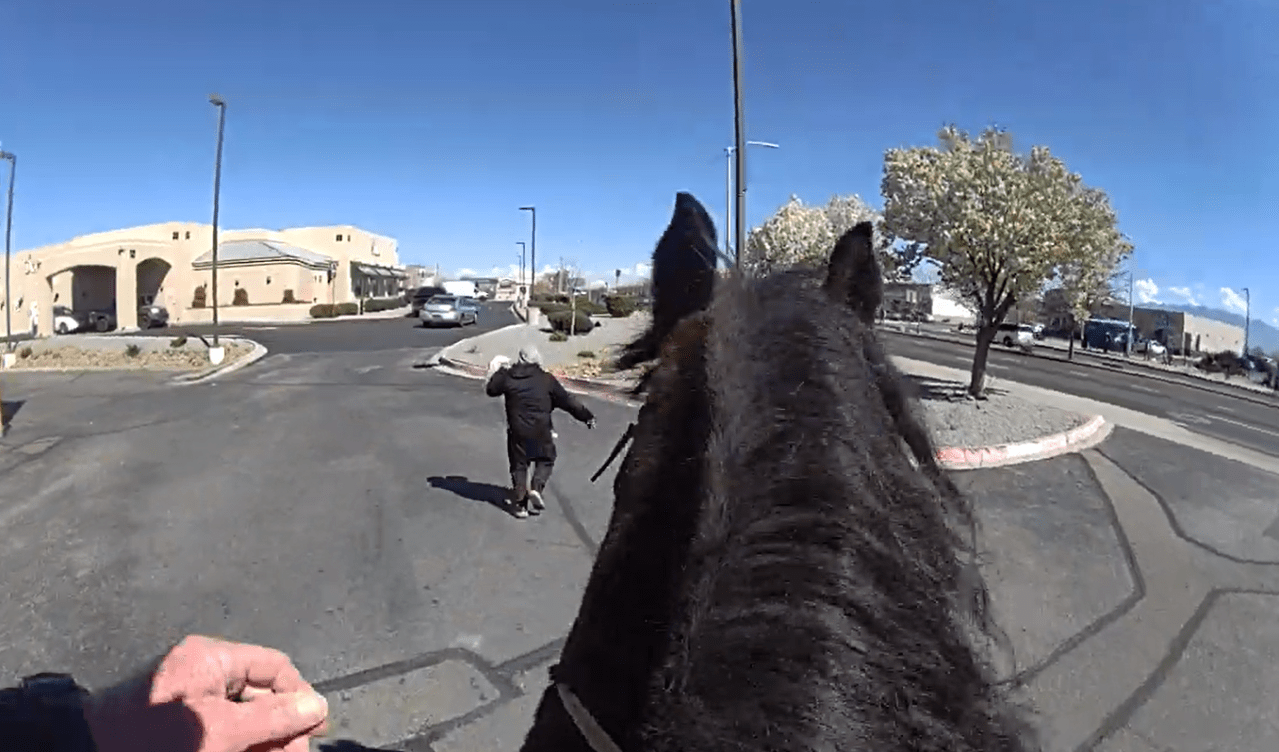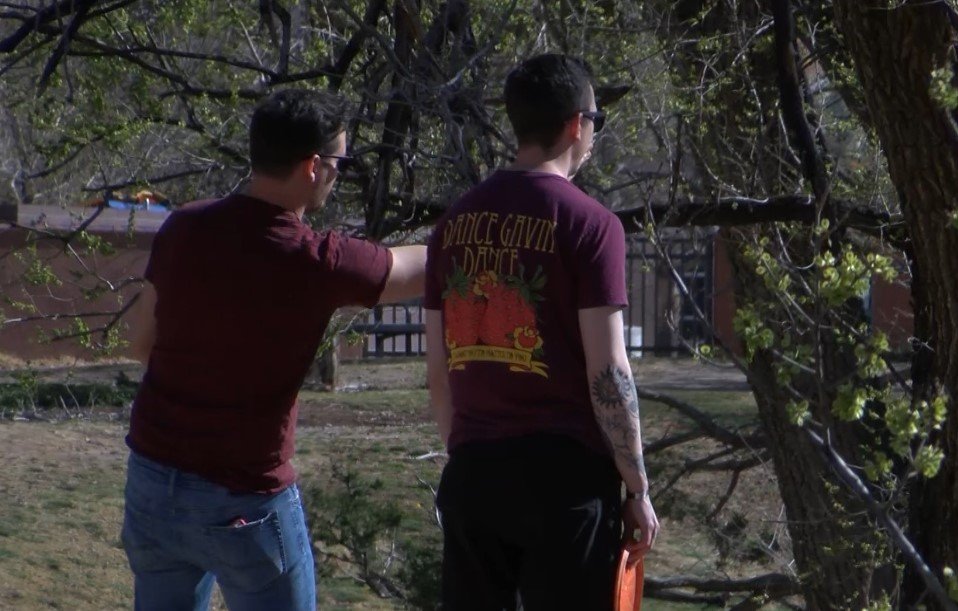
Incident Overview and Immediate Response
On the morning of October 10, 2023, a tragic helicopter crash claimed the life of Iran’s President. The incident occurred at approximately 9:30 AM local time near the city of Isfahan. The helicopter involved in the crash was an AgustaWestland AW139, a model known for its reliability and use in both civilian and military operations. Eyewitnesses reported seeing the helicopter spiraling out of control before crashing into a remote field.
State media quickly confirmed the president’s death, describing the event as a national tragedy. Initial reports highlighted the gravity of the situation, with the helicopter engulfed in flames upon impact. The immediate response from emergency services was swift, with local fire brigades and rescue teams arriving at the scene within minutes. Despite their rapid intervention, the intensity of the fire made rescue operations exceedingly difficult.
Authorities have confirmed that the president was accompanied by several high-ranking officials, whose identities have yet to be disclosed. The condition of other passengers remains uncertain, as rescue efforts continue. The Iranian government has released an official statement expressing deep sorrow and announcing a period of national mourning. Military authorities are also conducting a thorough investigation to determine the cause of the crash.
The local community has been deeply affected by the incident, with many residents gathering near the crash site to pay their respects. Preliminary investigations suggest that mechanical failure or adverse weather conditions may have contributed to the crash, although no definitive conclusions have been reached. Speculation and various theories continue to circulate, emphasizing the need for a comprehensive investigation.
This tragic event has not only shaken the nation but also drawn international attention, prompting condolences from world leaders. As the investigation unfolds, the focus remains on understanding the circumstances that led to this devastating loss and ensuring that such an incident does not recur.
Political and Global Implications
The sudden demise of Iran’s President in a helicopter crash has profound political and global implications. The president, known for his significant political career, navigated Iran through numerous challenges and enacted key policies aimed at strengthening the nation’s economic and military capabilities. His tenure was marked by a firm stance on national sovereignty and a strategic approach to international diplomacy, which garnered both support and opposition domestically and globally.
In the immediate aftermath, Iran’s government faces a critical juncture. The process of appointing a new president will be closely watched, with potential successors emerging from the political elite and the ruling party. The Supreme Leader, holding considerable influence, will play a pivotal role in this transition. This period of uncertainty may lead to internal power struggles as various factions vie for control, potentially impacting the country’s domestic stability.
Public reaction within Iran is expected to be mixed. Supporters of the president may express grief and call for continuity of his policies, while opponents might see this as an opportunity for change. The possibility of political unrest cannot be ruled out, especially if the succession process is perceived as opaque or unjust. The government’s response to public sentiment will be crucial in maintaining order and stability.
Internationally, the death of Iran’s President has sparked reactions from world leaders. Statements of condolence have been issued, accompanied by cautious evaluations of what this means for global relations. Countries with significant diplomatic or economic ties to Iran, such as China, Russia, and members of the European Union, are particularly attentive. The United States and its allies will be assessing the implications for ongoing negotiations, including those related to Iran’s nuclear program and regional security issues.
The broader geopolitical landscape could be significantly influenced by this event. Regional stability in the Middle East may be affected, with potential shifts in alliances and power dynamics. Additionally, international policy towards Iran might undergo reassessment, as stakeholders seek to navigate the new political environment. This incident underscores the interconnectedness of global politics and the far-reaching impact of leadership changes in key nations.















